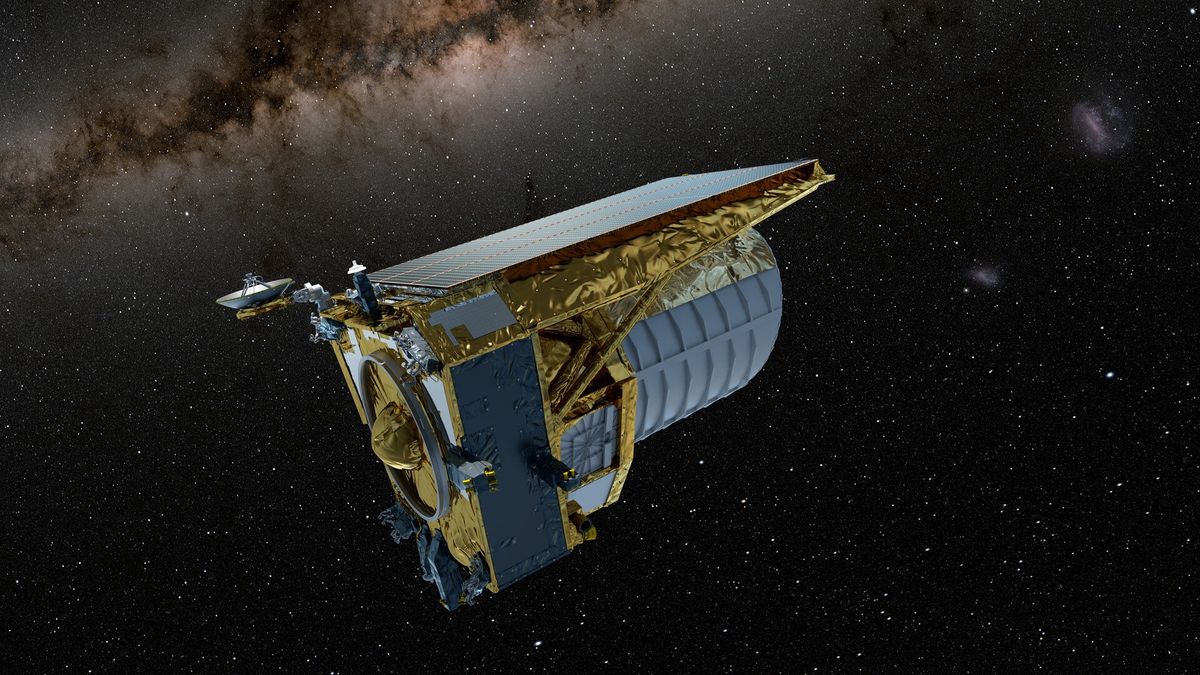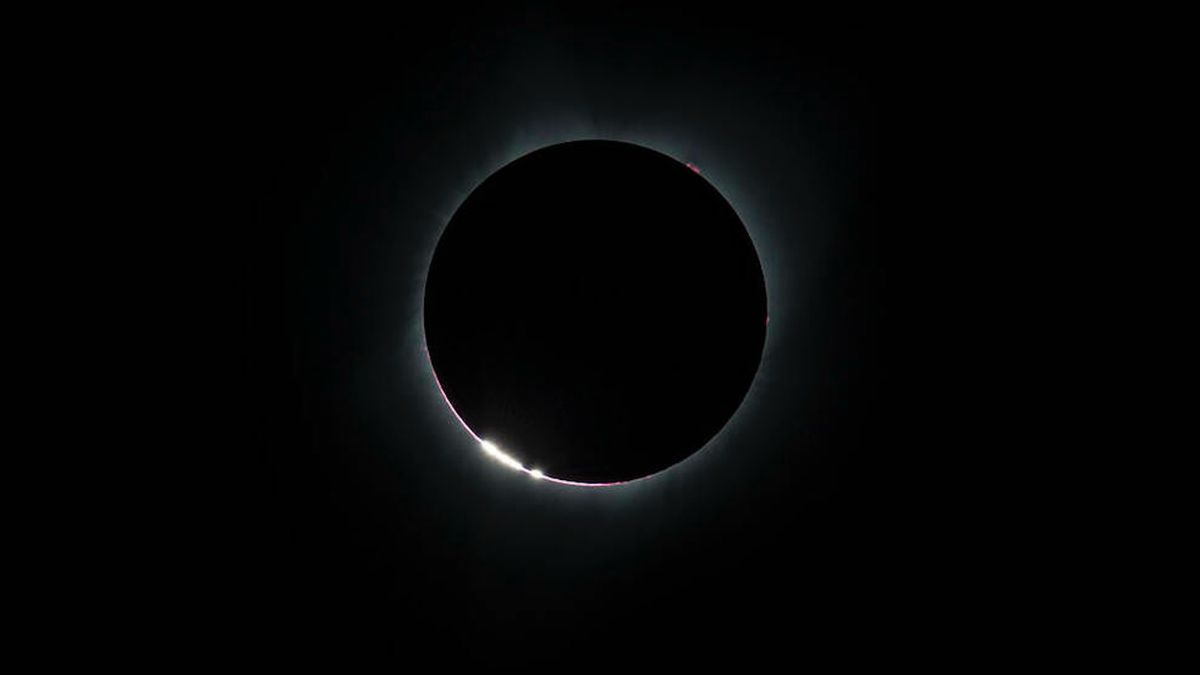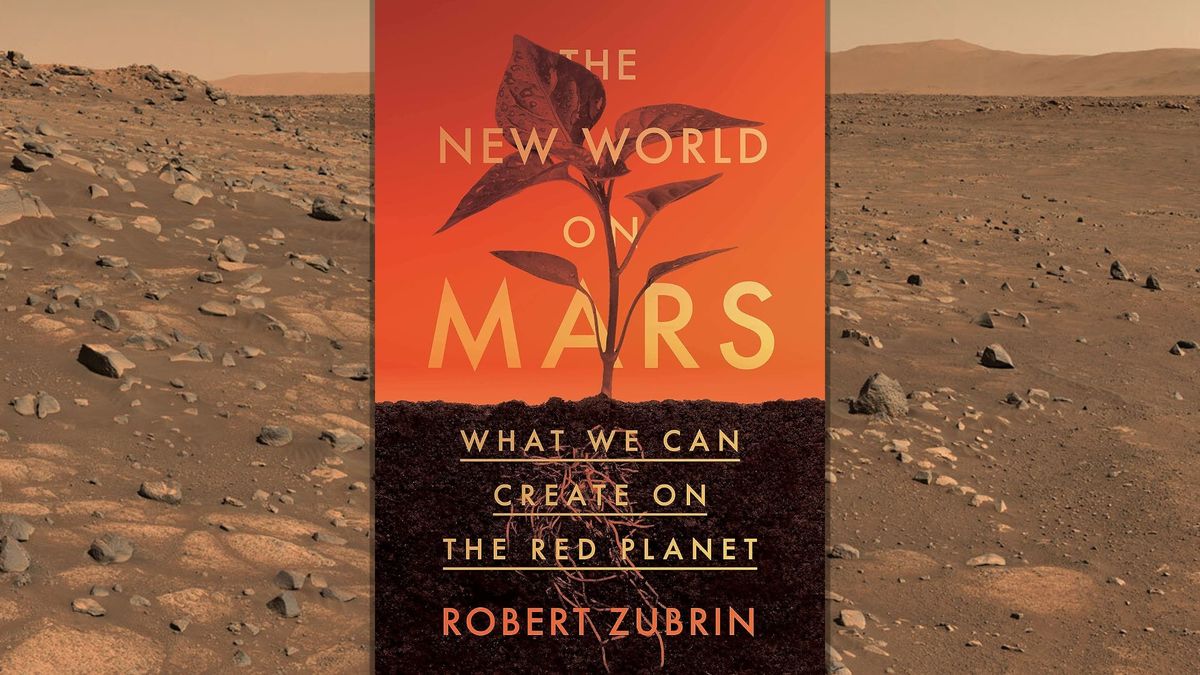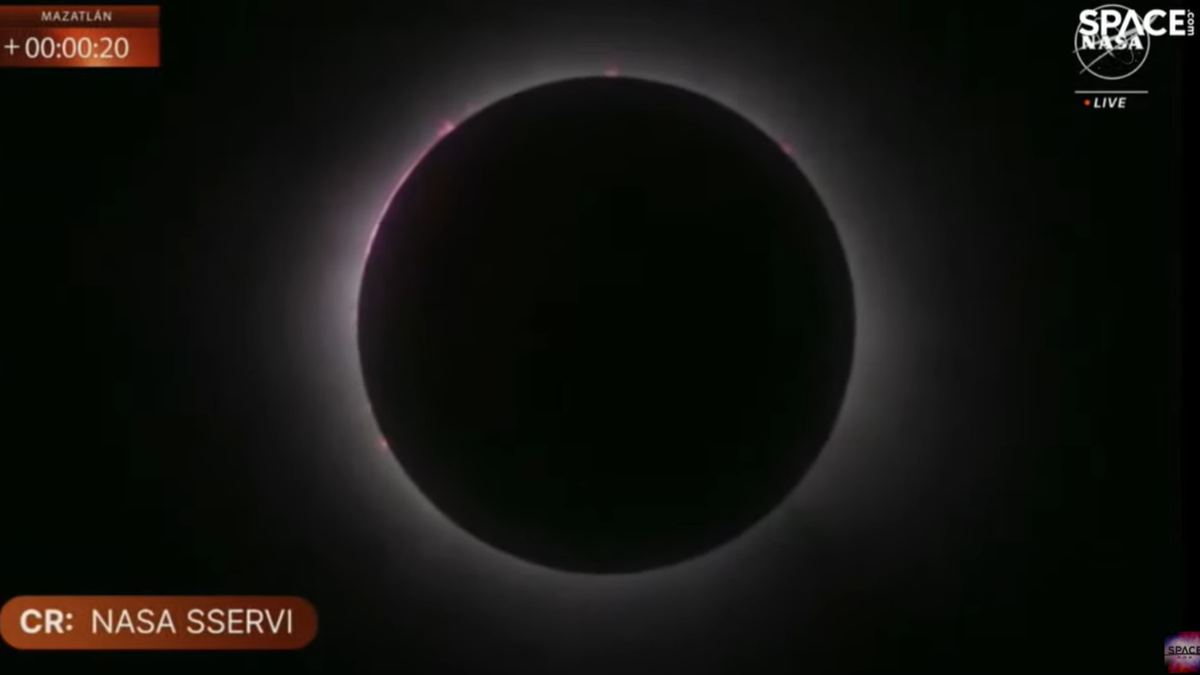Restoration of Euclid Telescope’s Vision
The Euclid “dark universe” probe recently experienced a vision impairment due to ice layers accumulating on its mirrors, causing a progressive reduction in the amount of starlight captured by the telescope. To address this issue, the European Space Agency (ESA) initiated an experimental deicing campaign that successfully evaporated the ice, thus restoring Euclid’s functionality.
Successful Deicing Procedure
During the deicing campaign, scientists targeted one of Euclid’s six mirrors, suspected to be the primary source of the problem. By heating the mirror for 1.6 hours, they raised its temperature from minus 232 degrees Fahrenheit to minus 171 degrees Fahrenheit. Following this, the visible instrument (VIS) onboard Euclid observed a 15% increase in the amount of light received, confirming the success of the deicing procedure.
Collaborative Efforts
Multiple ESA teams from the Netherlands, Germany, and Spain, in collaboration with contractors Thales Alenia Space and Airbus Space, worked together on the de-icing campaign. The meticulous planning involved warming the telescope precisely at midnight to maintain constant communication with the spacecraft and monitor for any anomalies.
Proactive Approach
Ice accumulation on space telescopes is a common occurrence, and the Euclid mission team had anticipated this challenge. Despite efforts to evaporate most water molecules shortly after launch, some remained absorbed into the telescope’s insulation layers. As a result, water molecules in the vacuum of space froze on the mirror surfaces, necessitating the de-icing campaign.
Future Maintenance
While uncertainties remain regarding residual moisture inside the spacecraft, scientists expect periodic dips in Euclid’s vision. However, a straightforward decontamination process, scheduled every six to 12 months, promises to address any future ice build-up efficiently, ensuring minimal disruption to scientific observations and the mission as a whole.
Image/Photo credit: source url





